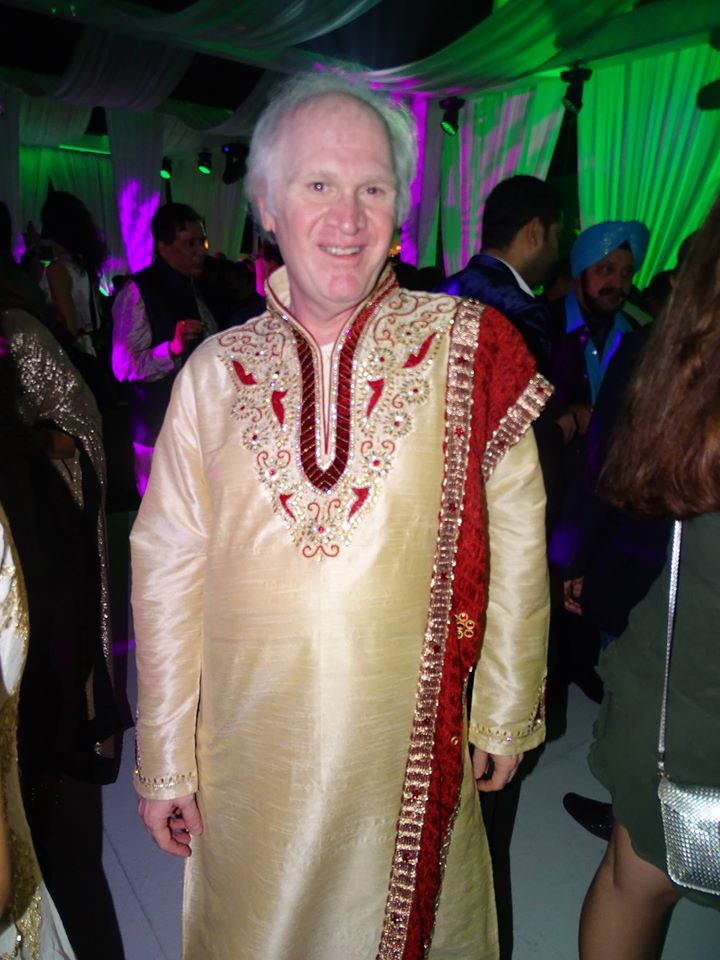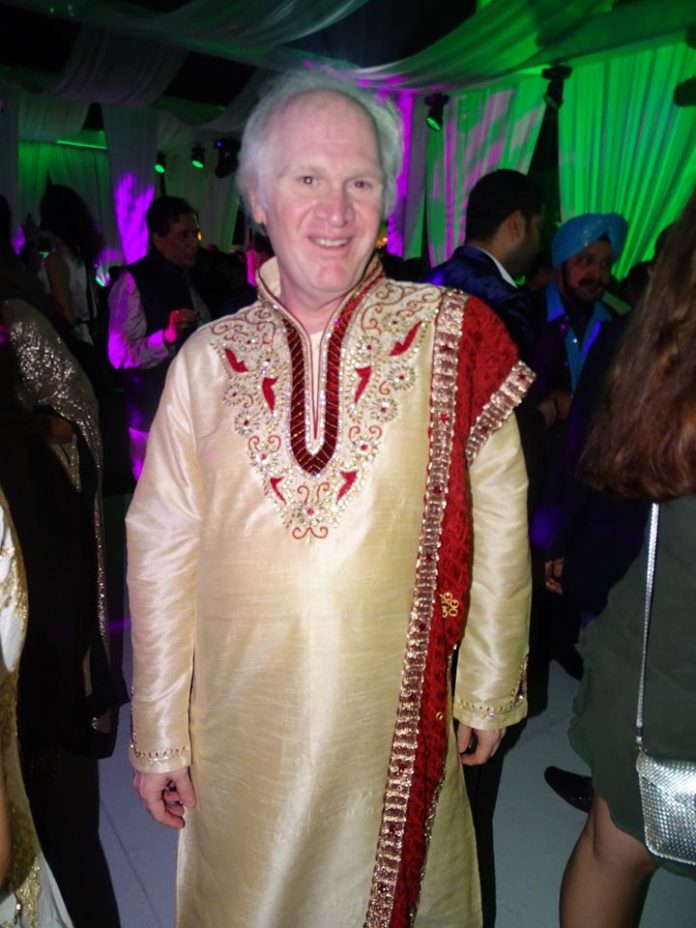Disclaimer: this article is written by Late Jawahar Chodda, and has been reprinted here. We owe him a debt of gratitude for his penmanship and sharing his memories.

As we all know, Holi and Diwali are the two integral Hindu festivals. While on Diwali, everything is spruced up, made spic and span, shining and sparkly with lights, new clothes and jewellery, Holi is the time for dirty dancing and colorful merriment. Both these festivities celebrate the victory of good over evil. Holi also heralds the onset of spring and the arrival of greenery and flowers.
Till a few decades ago, we Bhagnaris had our own style of celebrating Holi.
Holi meant engagement season and a couple of months before the festival arrived, mothers of young eligible men would start looking for girls to get their children engaged to. It was considered auspicious to announce engagements during Holi. So the aunties would get busy, “Kendi dee baithi hai, iya aapne puttar de kitey golendi payi hai ( Whose daughters are single, this boy’s mother is looking for a prospective bride) and thus the gossip mills would start churning as the aunties discussed suitable matches amongst themselves. Once a choice was made, one of the sayanii (wise) aunties would take the mitri (proposal) to the girl’s family, mind you, most of the mitris would not go directly so if there was a refusal from the girl’s side, the boy’s mother could save face by denying she ever sent a proposal. But if the match was acceptable to both families, then it would be hoye-hoye time. Hoye-Hoye meant that the boy’s close relatives would go around telling everyone, “Arri, wadhayian hovini, mede puttar/potra/dotra//bra di mangni thayi hai (Congratulations, my son/grandson/brother has got engaged).
Then the girl’s side would send 10kgs of Tharu’s double-pistachio halwa as shagun, which would be distributed to all the near and dear ones, who in turn would redistribute pieces of the delicious halwa to their friends.
Since my mamma was friends with everyone, I invariably ended up getting a share of the halwa.
A day before durya, in the evening when the holka was lit, the bride and groom-to-be’s parents and relatives would dance near the fire to mark the engagement.
It was also a tradition to host Holi-ka-dhama. This was a special meal hosted by the in-laws for their sons-in-law. The choicest dishes were prepared by the girl’s family and it was imperative to serve Black Label whisky. Anything less was considered an insult.
Then, if a girl was engaged and Holi happened to be before the marriage, the boy’s side would send the ladies, led by the groom’s sisters and sisters-in-law to apply gulaal. The bride’s family would welcome them with not only food and beverages but would also give cash in envelopes, which was referred to as phera, to each of the guests.
On a more somber note, on durya day, if someone had lost a near or dear one, the men in their family were brought to the Kataria Colony courtyard known commonly as ‘tiles’ and everyone paid their respects by applying tikka on the forehead of the bereaved family’s men. This was the time when even the worst enemies made peace. If a relative didn’t show up for this ceremony meant he was breaking off ties forever. After this snub, the chances of reconciliation were minimal.
Once this ceremony got over, the livelier festivities began. Bhagnari crooners like Issar Sapru, Ramesh Mehta, Purushotam Kamra and others regaled everyone with their spirited singing. Purushotam uncle’s Ja re hat natkhat is remembered till date. And the nimble footed would sway to their beats.
Meanwhile the younger crowd was busy with their own shenanigans. A month before Holi, the water balloons were filled up and no one was spared the ignominy of getting wet. Be it from windows, balconies or terraces, the boys were unsparing in their attacks. Their main targets were young ladies who were hit quite strategically. Many a times this led to vociferous fights not only among the youngsters but even their families. Fights that continued to linger on for days or even years. Once even the police was called, something till then unthinkable in our close-knit Bhagnari biradari.
A Holi in Kataria Colony without engagements and fights was considered incomplete.
Then on durya, the boys, armed with balloons and color would rampage through the Colony looking for those whom they could smear colors on and those whom they could get wet with their balloons. Of course this was also time for hidden romantic gestures while rubbing colors on the face and body or hitting with the balloons. The boys knew what they were up to and the girls were also aware of their real intent but they all pretended it was just plain Holi revelry.
The aunties were kept very busy indeed. They would keep an eagle eye on the happenings around them and by the evening everyone was aware of who touched whom, who behaved cheaply and who was outrightly naughty?
And the naughtiness of youth and hormonal surges didn’t end there. Aunties kept watch on the nooks and corners too and if a couple was bold enough to indulge in some tomfoolery on the backsides, aunties would somehow get a whiff of that too but the matter was hushed up to protect the name and honour of the ‘kunwari’ girl.
But there would be still more to come. After lunch, as the elders headed home, the younger lot gathered near the gate to continue with the fun. It was dhol time with spirited singing, dancing and drinking. This went on for an hour or so till it was time for a swim at Juhu beach. The privileged few with cars would huddle their friends, as many as they could fit in, and head for the beach. Here young men and women would frolic in the water and once again there would be ‘masti-mazaq’ between them. The aunties had their own sources who would promptly come and inform who ‘fooled’ with whom in the water and soon the word would spread, “Arri, budhyui, hin chhokre hoon chhokri naal wahiyatpayi keeti (This boy misbehaved with that girl) and the scandalous conversations would go on forever.
By 4pm, the Colony would wear a dirty, forlorn and deserted look as Holi weary folks rested and relaxed after a hectic day of merrymaking.
Till the next Holi that is.
Nowadays, Kataria Colony Holi includes DJ music, some color and lunch and sometimes rain parties. How tame and timid this sounds, doesn’t it, in comparison to the Holi of yore.
But then times have changed. These days, Bhagnari girls and boys hardly get married within the community so there are no engagement announcements. Even the boys have become mellow and since touching girls is not as scandalous as it used to be, the aunties have nothing much left to discuss. And not many of those dear aunties are left. The new ones had their own share of romance so they don’t mind or are not as shocked by what the youngsters do.
Zamana badal gaya hai bhai…

